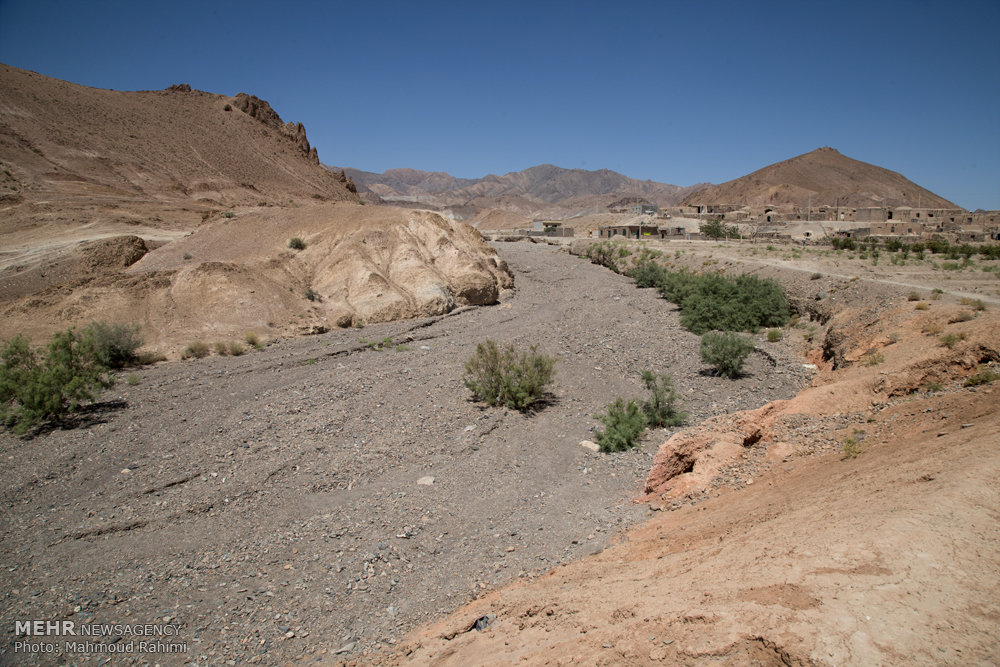200 plains in Iran are in critical thirsty: official

TEHRAN — Director of the environment committee at the Energy Ministry has said of 600 plains in Iran, 200 are a “critical condition” in terms of water scarcity.
In an interview with the Persian language E’temad newspaper published on Tuesday, Mohammad Ali Hamedi said the water scarcity may lead to conflicts between people in the country.
“It means that a tough competition may heat up between water consumers in different parts of the country,” Hamedi warned.
“There had been fierce conflicts over water at times especially at the time of drought in Iran in the past; however, the conflicts may re-escalate once the water crisis worsen,” Hamedi explained.
Drying lakes and rivers, declining groundwater resources, land subsidence, water contamination and rationing, agricultural losses, salt and sand storms, and ecosystem damages are reaching alarming levels in Iran.
Recently, head of the National Security and Foreign Policy Committee of the Majlis (Iranian parliament) has warned of the severe outcomes of water shortage in the country which is believed to pose a threat to the national security.
Hamedi said just like oil, water is a national resource and the government has every right to transfer water from one city to another.
Some 63 percent of the country’s population inhabit the central plateau which is a big but arid and semi-arid area, the Energy Ministry official said.
He said this uneven distribution of the population is a product of the flawed policies of the past 60 years and now “we are obliged to transfer water to these densely populated districts.”
‘Displace population or transfer water’
In addition to the decline of Iran’s freshwater resources per capita, the water is unevenly distributed so the government must make a choice between displacing the population or transferring water, he highlighted.
“It sounds more logical to displace the population but it is not possible to force the population to move to another area; we should accelerate development in other areas with richer water resources so that the population opt for moving there.”
The current looming water crisis did not emerge after the Islamic Revolution in 1979 but it started from the 1960s, Hamedi stated, saying, “While we had to move towards industrialization we instead choose the agricultural-based economy, which meant depletion of underground resources that continued to the present time. Currently, out of 600 plains in Iran, 200 plains are in a critical condition.”
Many dams are constructed in vain
“While everyone accuses numerous damming projects of the main culprits of water shortage in Iran I believe that a lack of proper and operable irrigation network [one that contains conduits (canals and pipes) that supply water to irrigated lands from an irrigation source such as a dam] is the main problem,” he pointed out.
For instance, water behind the dams must be used for irrigation purposes but without setting up irrigation networks the water would evaporate and go into waste, he underlined.
Building a dam might only take 5 years but developing irrigation networks is an extremely complex matter which might take much longer and without that building a dam would be in vain, the official explained.
Extraterritorial farming, virtual water may help
“It is a catastrophe that we think developing agriculture sector would create jobs. On the contrary, creating jobs in tourism, industry and service sectors would be much more logical,” he suggested.
He further commented on the idea of virtual water [water used to produce the goods and services that we consume and use] and extraterritorial farming [using agricultural lands in other countries to cultivate the crops and import them to Iran] as two feasible solution to water crisis in Iran.
“Providing food security does not necessarily mean producing it domestically but importing and extraterritorial farming are also two practical solutions,” he highlighted.
Crisis can be over in the long run
Moving towards industrialization, limiting the water consumption in agriculture sector and creating alternative jobs would help to overcome water shortage in a span of 10 to 15 years, he said, adding this might cause tension for some time but in order to succeed the government should finally cave.
MQ/MG/PA
Leave a Comment